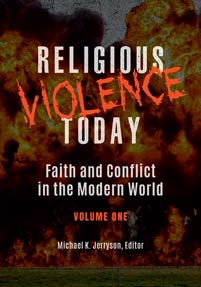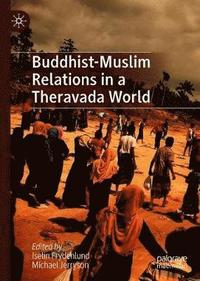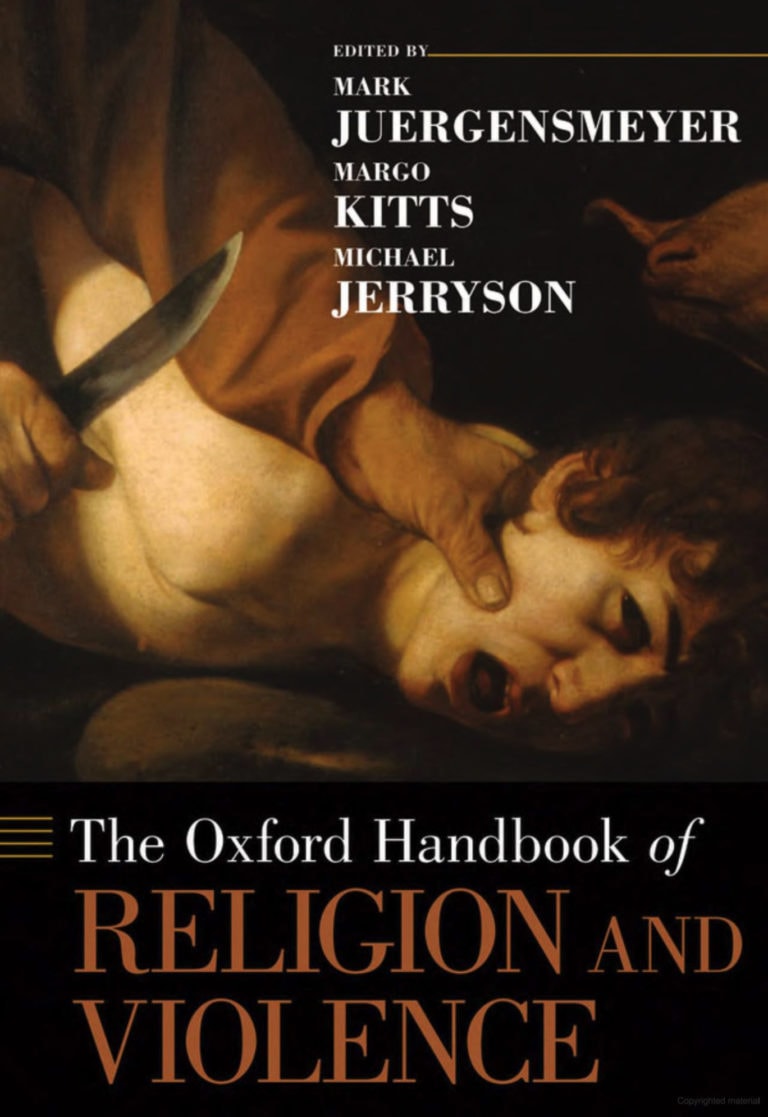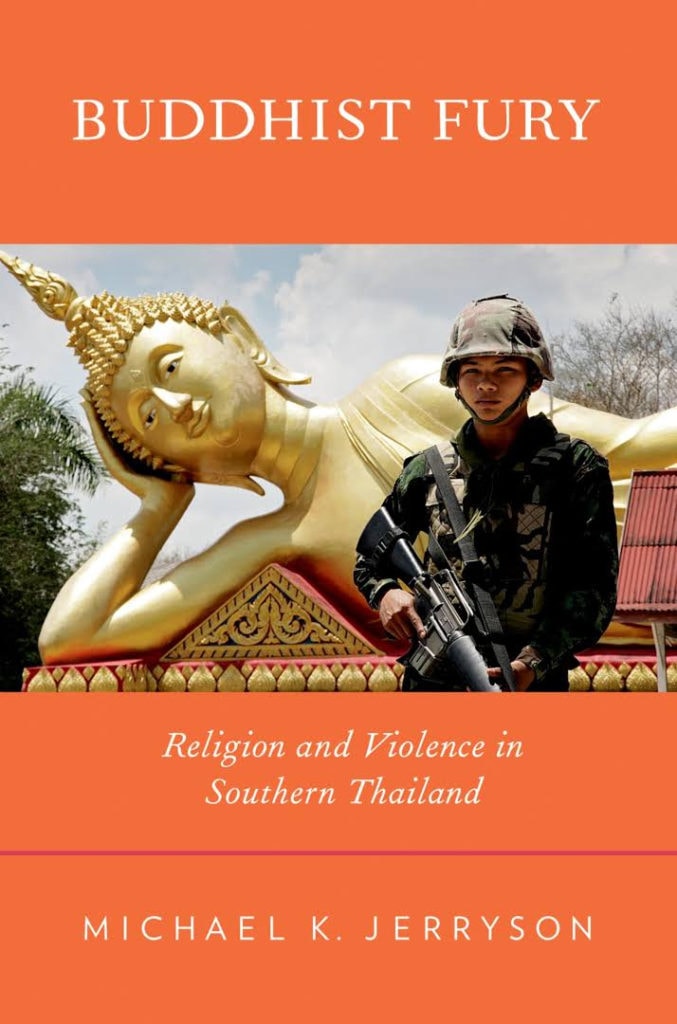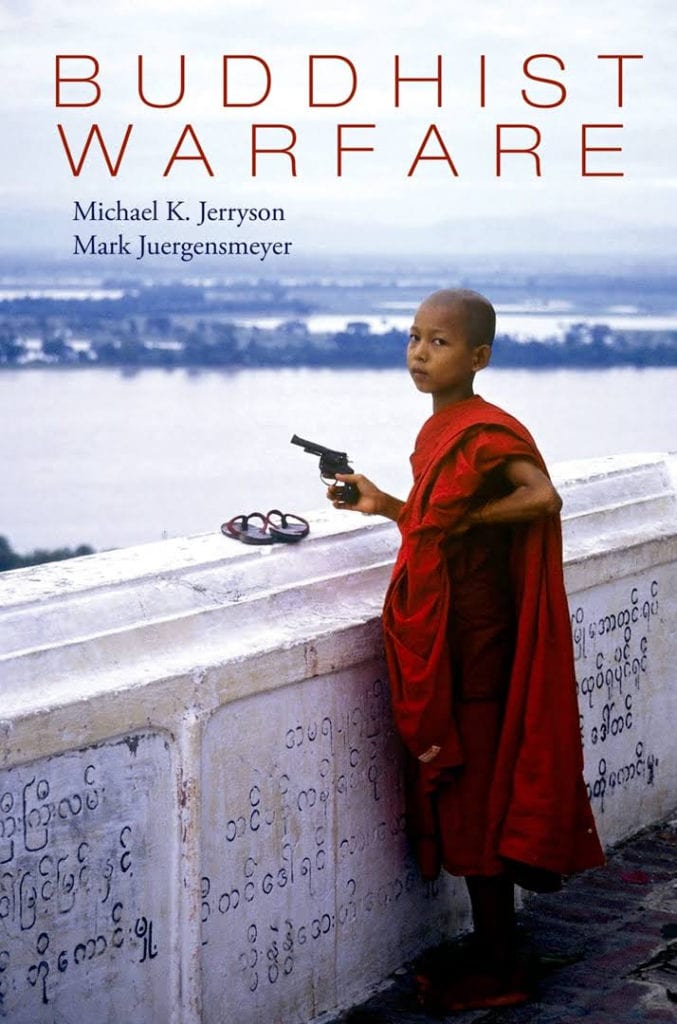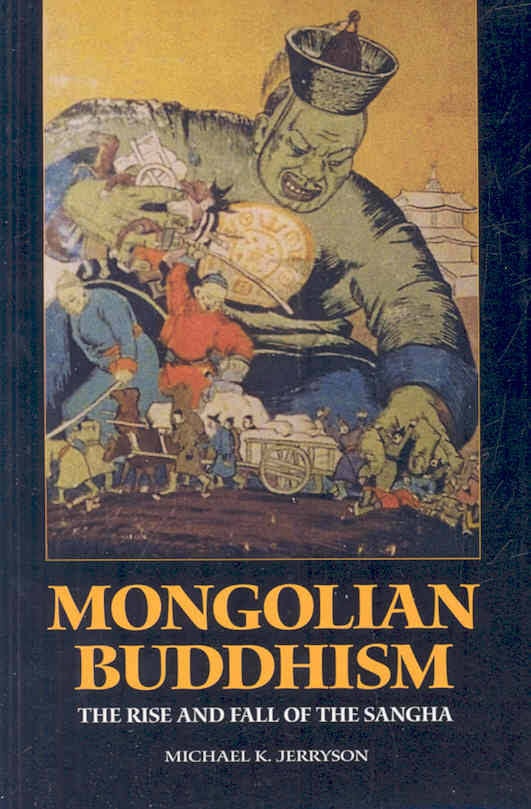Religious Violence TodayFaith and Conflict in the Modern World
About
Religious violence and persecution have been growing steadily both within the U.S. and around the world.
Drawing on the expertise of a wide range of scholars, this current and comprehensive reference helps readers understand the persecution of members of particular faiths as well as violence committed by members of those faiths.
In doing so it promotes a greater understanding of the role of religion in global politics, domestic and international terrorism, and religious bigotry.
Buddhist-Muslim Relations in a Theravada World
About
This book is the first to critically analyze Buddhist-Muslim relations in Theravada Buddhist majority states in South and Southeast Asia. Asia is home to the largest population of Buddhists and Muslims.
In recent years, this interfaith communal living has incurred conflicts, such as the ethnic-religious conflicts in Myanmar, Sri Lanka, and Thailand. Experts from around the world collaborate to provide a comprehensive look into religious pluralism and religious violence.
The Oxford Handbook ofReligion and Violence
About
Violence has always played a part in the religious imagination, from symbols and myths to legendary battles, from colossal wars to the theater of terrorism.
The Oxford Handbook of Religion and Violence surveys intersections between religion and violence throughout history and around the world.
About
Buddhist violence is not a well-known concept. In fact, it is generally considered an oxymoron.
An image of a Buddhist monk holding a handgun or the idea of a militarized Buddhist monastery tends to stretch the imagination; yet these sights exist throughout southern Thailand.
Buddhist Warfare
About
Though traditionally regarded as a peaceful religion, Buddhism has a dark side.
On multiple occasions over the past fifteen centuries, Buddhist leaders have sanctioned violence, and even war.
The essays in this book focus on a variety of Buddhist traditions, from antiquity to the present, and show that Buddhist organizations have used religious images and rhetoric to support military conquest throughout history.
About
Mongolian Buddhism is the first book to explore the development of Mongolia’s state religion, from its formation in the thirteenth century around the time of Chinggis Qaan (Genghis Khan) until its demise in the twentieth century under the Soviet Union.
Until its downfall, Mongolian Buddhism had served as a scientific, political, and medical resource for the Mongolian people. During the 1930s, Mongolian Buddhist monasticism, the caretaker of these resources, was methodically and systematically demolished.
